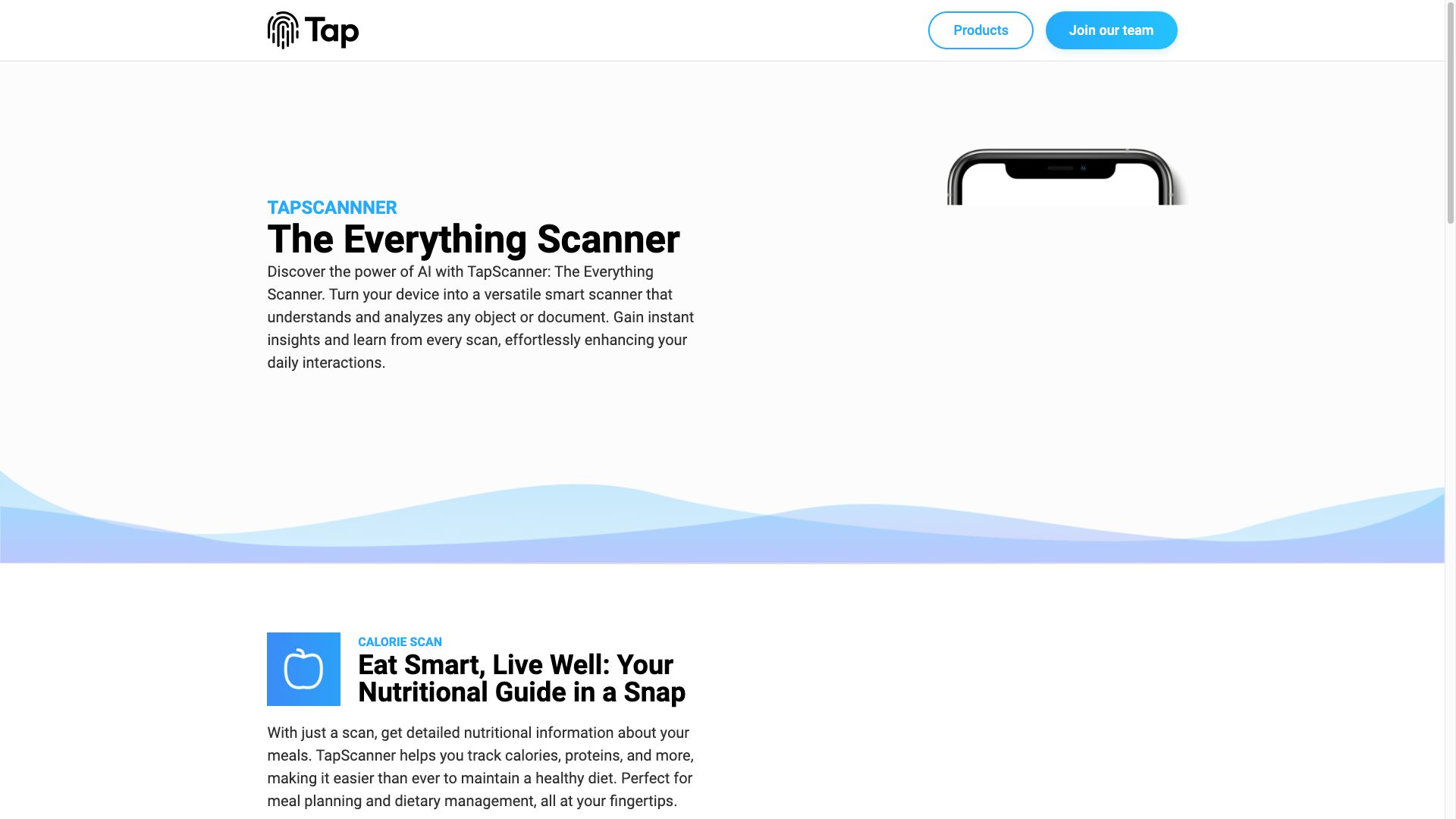Awesome AI Image Scanning Tools in 2024
Discover the awesome 2 AI tools for 2024 By Candytools
My Detecet Ai Detector. Ai video detector we prevent deepfake videos. We enable you to separate artificial intelligence videos. Visit us to verify your ai videos.
Discover the power of AI with TapScanner: The Everything Scanner. Turn your device into a versatile smart scanner that understands and analyzes any object or document. Gain instant insights and learn from every scan, effortlessly enhancing your daily interactions.
More AI Tools Categories
What is AI Image Scanning?
AI image scanning refers to the process of using artificial intelligence to analyze and interpret images, extracting information and insights that go beyond what the human eye can easily perceive. It's more than just recognizing objects – AI image scanning can understand context, identify patterns, and detect anomalies.
Here's how it works:
-
Image Input: The AI system receives a digital image as input. This could be a photograph, scan, or image from a video stream.
-
Image Preprocessing: The image might undergo preprocessing steps like resizing, noise reduction, or color correction to improve the AI's ability to analyze it.
-
Feature Extraction: The AI algorithms analyze the image to extract relevant features, such as:
- Edges and Contours: Identifying the boundaries of objects.
- Textures and Patterns: Recognizing repeating or unique textures within the image.
- Colors and Intensity: Analyzing the distribution and intensity of colors.
- Shapes and Objects: Identifying and classifying objects within the image (e.g., cars, people, buildings).
-
AI Model Analysis: The extracted features are processed by an AI model, which is trained to perform specific tasks, such as:
- Object Recognition: Identifying and labeling objects in the image.
- Scene Understanding: Analyzing the overall context and relationships between objects in the image.
- Facial Recognition: Identifying individuals based on their facial features.
- Optical Character Recognition (OCR): Extracting text from the image.
- Defect Detection: Identifying anomalies or defects in products or materials.
-
Output and Interpretation: The AI system outputs the results of its analysis, which could include:
- Labels and bounding boxes around identified objects.
- Text extracted from the image.
- Anomalies or defects highlighted.
- Insights and interpretations based on the image's content.
Applications of AI Image Scanning:
- Medical Imaging: Analyzing X-rays, MRI scans, and other medical images for diagnosis and treatment planning.
- Security and Surveillance: Identifying threats, suspicious behavior, and unauthorized access.
- Manufacturing and Quality Control: Detecting defects in products and materials during production.
- E-commerce: Analyzing product images for categorization, search, and personalized recommendations.
- Self-Driving Cars: Perceiving the environment, identifying obstacles, and making navigation decisions.
Benefits of AI Image Scanning:
- Increased Speed and Efficiency: Automating image analysis tasks that would take humans much longer.
- Improved Accuracy and Objectivity: AI systems can often outperform humans in identifying subtle patterns or anomalies.
- Unlocking New Insights: Extracting information and insights that might not be readily apparent to the human eye.
Tools and Libraries for AI Image Scanning:
- Google Cloud Vision API
- Amazon Rekognition
- Clarifai
- OpenCV
- TensorFlow
AI image scanning is transforming various industries, enabling organizations to automate tasks, extract valuable information from images, and make more informed decisions. As AI technology continues to evolve, we can expect even more sophisticated and impactful applications of AI image scanning in the future.

